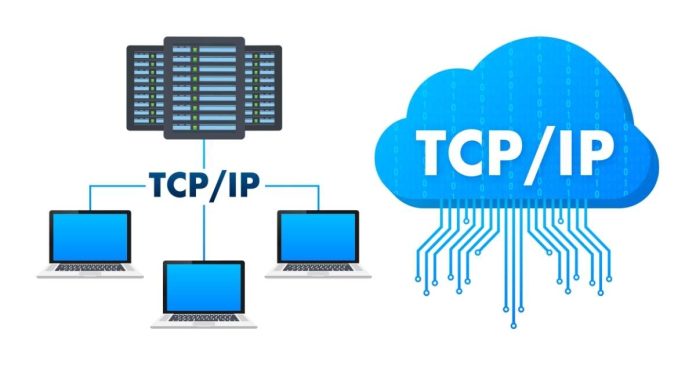The TCP/IP packet format is structured into layers, each with specific fields and purposes:
IP Header (Network Layer):
Version: Specifies the IP version (IPv4 or IPv6).
Header Length: Length of the IP header.
Source and Destination IP Addresses: Identifies the sender and receiver.
Time to Live (TTL): Limits the packet’s lifespan in the network.
Protocol: Specifies the transport layer protocol (TCP or UDP).
TCP Header (Transport Layer):
Source and Destination Ports: Identifies the applications at the endpoints.
Sequence Number: Tracks the order of data packets.
Acknowledgment Number: Confirms receipt of data.
Flags: Includes control flags like SYN, ACK, FIN.
Checksum: Verifies data integrity.
Payload (Application Layer):
Contains the actual data being transmitted, such as a web page or file.
The packet travels through these layers, with headers added or removed as it is transmitted or received.


